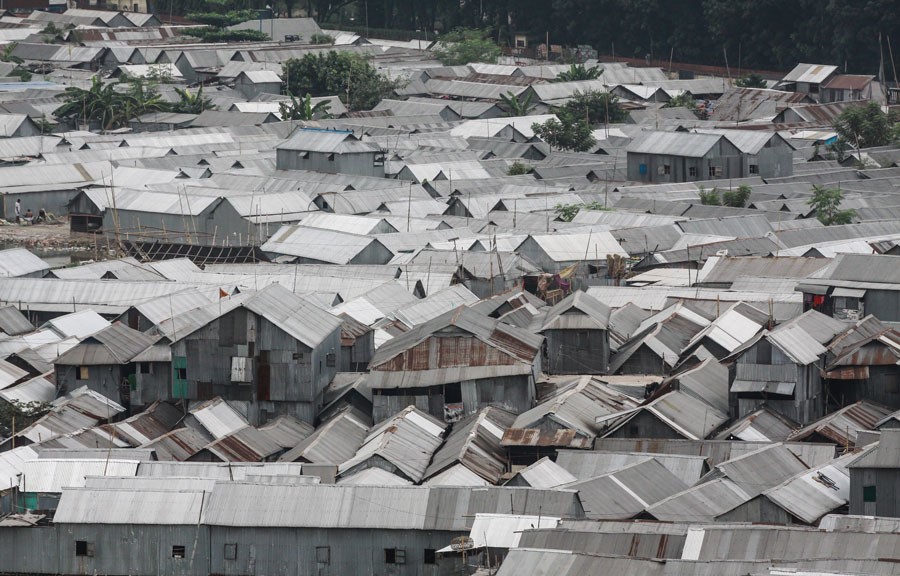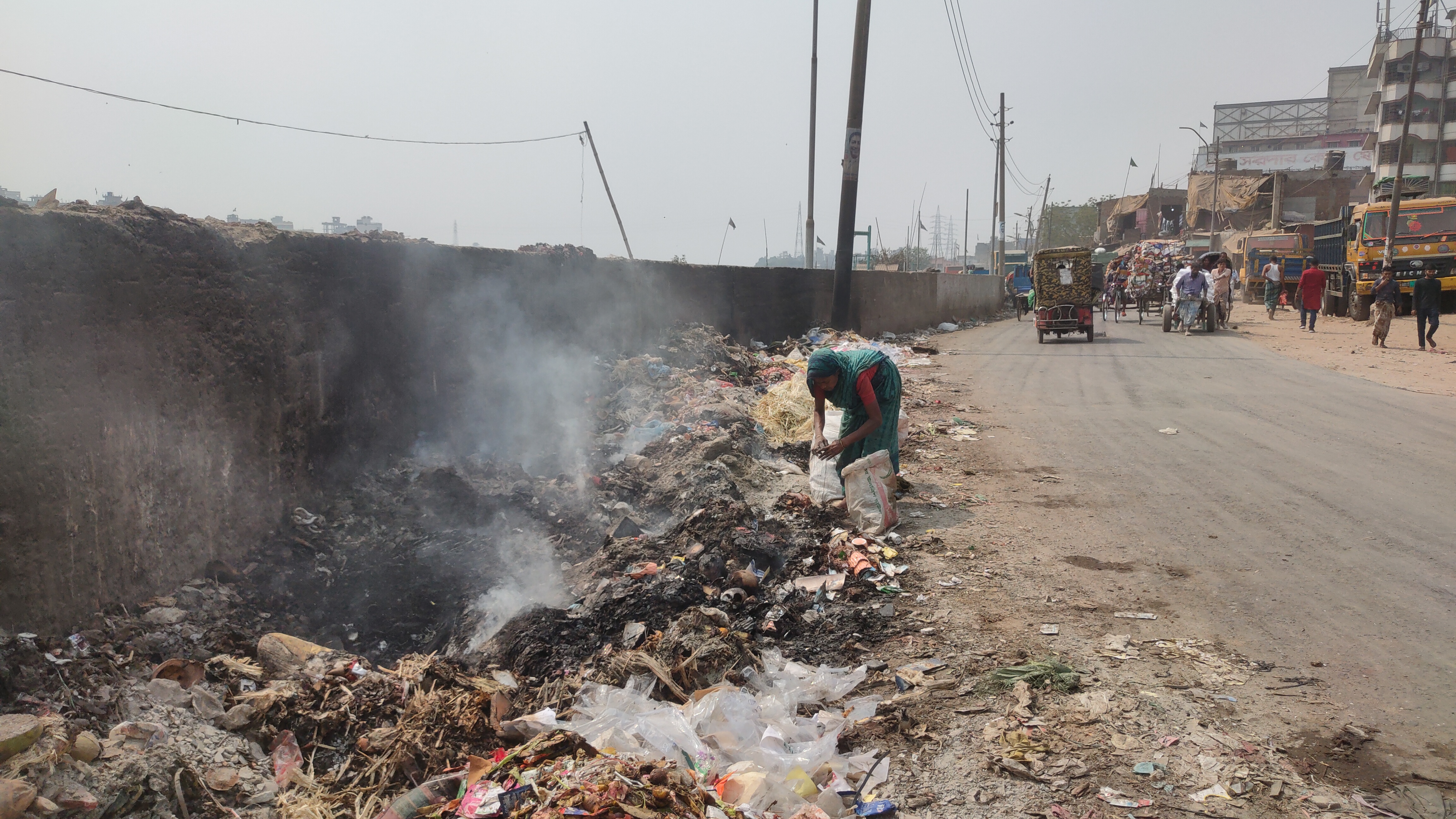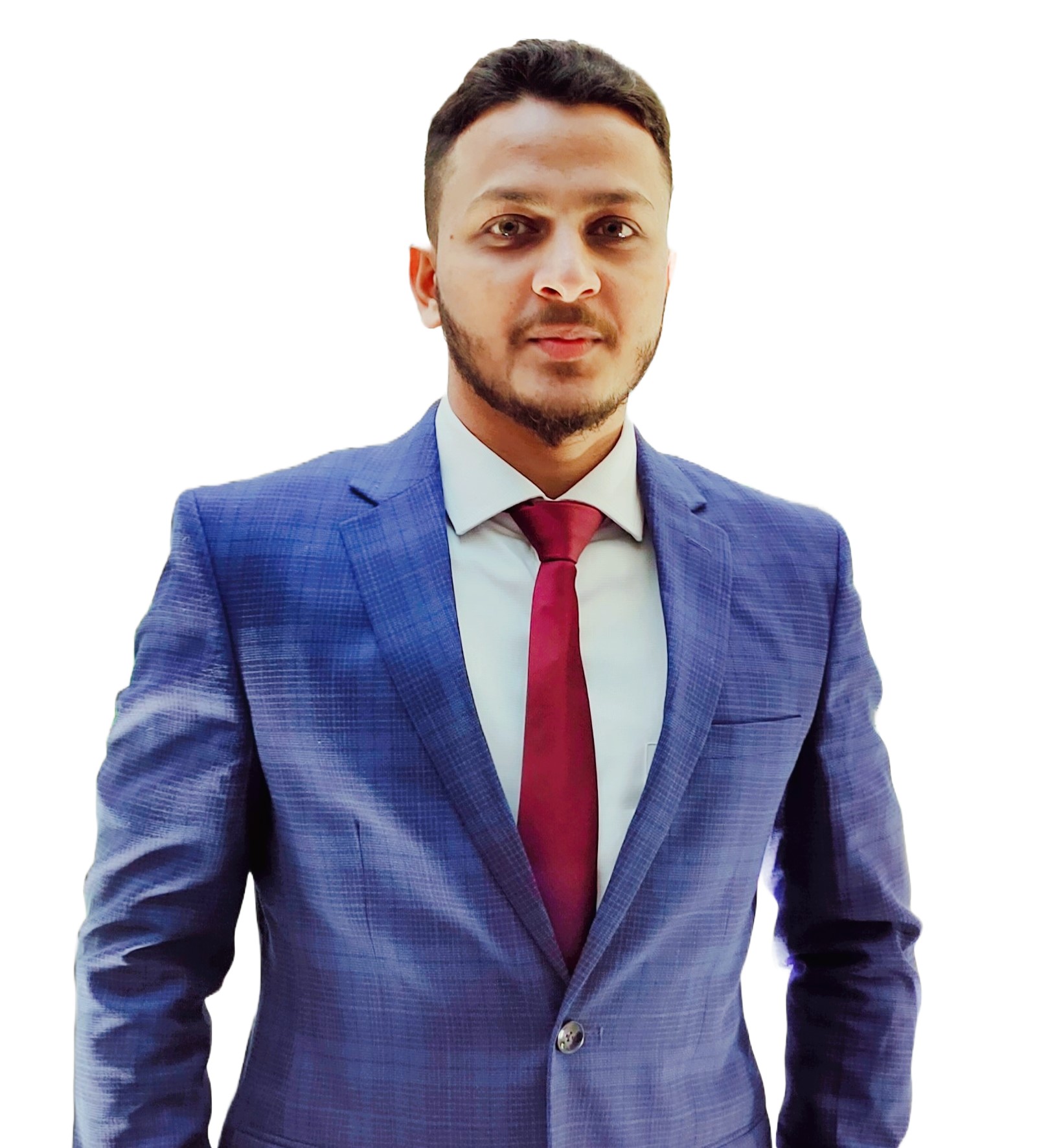
Internal displacement is massive and expanding, and the causes are numerous, complex, and often overlapping. Internal displacement has reached catastrophic levels in Bangladesh's geographically and environmentally sensitive districts. Internal displacement is leading to an increase in slums for people's habitation. The growing number of slums poses a significant development concern. Dhaka, Bangladesh's capital, is one of the world's most populous Mega Cities. Currently, the trend of migrating to Dhaka City for economic reasons and due to disasters has become widespread for the sake of livelihoods. More than 5,000 slums can be found in Dhaka City, which is the capital of Bangladesh. According to a research study that was published by UNICEF 2022, these slums are densely populated by an estimated four million people. The number is growing, creating more problems for their livelihoods. The inhabitants of these slums often have limited education and low incomes. The rapid expansion of slums and the population living in Bangladesh have serious economic, social, and public health consequences.
Displacement Causes and Migration of Slum Dwellers
The migration of slum dwellers in Dhaka City is driven by various complex factors leading to displacement. Urbanization, economic opportunities, and the search for a better life are significant catalysts. When problems arise in rural areas, people move to the city in search of work, and because of financial limitations, they frequently wind up in informal settlements. Rapid urbanization and infrastructure development projects contribute to forced evictions, disrupting the lives of slum communities. Environmental issues, such as river erosion and climate change, also play a role, compelling people to seek alternative living arrangements. As a result of rising sea levels and the Bay of Bengal's expanding waters, climate change is becoming a bigger threat, forcing people who live near the coast to move to safer places. Communities move because of things like riverbank erosion, regular flooding, and the drying out of land that used to be fertile. Families have to find new places to live when cyclones hit seaside areas and cause a lot of damage. People have to leave their homes because towns are growing quickly and land is being developed.
In Bangladesh, people are often forced to move because of several linked problems that have a big effect on their daily lives. The damage of homes and agricultural land, whether caused by natural disasters like floods or by people, forces people to leave their homes in search of better and more secure places to live. There aren't enough job chances, which makes the problem worse and forces people and families to move in search of work. The country also has problems with food and water shortages that happen all the time, which makes people leave in search of places where they can get these important resources more reliably. Sanitation troubles in some areas make people even more likely to leave as they look for better places to live. Slum dwellers face several challenges due to a combination of economic, social, and environmental factors. This leads them to move, seeking a safer and better future.
Livelihood Struggles in the Shadows
In Dhaka's slums, meeting basic needs like water, sanitation, school, healthcare, and housing can be tough. Access to clean water is a challenge, and having proper toilets is not always easy. Finding good schools for children and getting proper healthcare can also be difficult. Moreover, finding a safe and stable place to live is a constant struggle for many families in the slums. People living in Dhaka's slums often work in unstable and informal jobs. Jobs like daily wage labor, street vending, and running small businesses become crucial for many families to survive in the tough city life. But these jobs are not always secure, making it hard for them to depend on for a stable living.
Displacement as a Looming Threat
People in Dhaka's slums face a big problem – the risk of being forced to leave their homes. These informal communities are frequently under danger due to plans for city growth, the construction of new buildings, and modifications to the surrounding region. Because their homes aren't officially recognized, and they don't have legal rights to stay there, the people in slums are easily forced to move. This not only means losing their homes but also their ways of making a living.
Impact on Education
Displacement affects many parts of life for people in Dhaka's slums, especially education. When families have to leave, it can disrupt the schooling of kids in these communities. The unstable living conditions make it hard for these children to go to school regularly and get a good education. This makes it difficult for them to break out of the cycle of being poor and limits their chances for a better future.
Health Implications
Many health issues affect the people living in the slums of Dhaka. It becomes even harder for them to get basic healthcare, and the chance of getting sick increases because they have to live in more crowded and not very clean conditions. The connection between having to move and getting sicker makes things even more difficult for these communities who are already facing a lot of challenges.
Building Resilience to Displacement Challenges
Assisting the displaced people in Dhaka City's slums requires a holistic approach. Fundamental rights, such as land ownership and protection from forced evictions, need to be ensured. Empowering economic self-sufficiency through training and local businesses, and securing access to healthcare, education, and clean water are crucial aspects. Protecting residents' rights involves legal advocacy and awareness initiatives while addressing essential well-being components requires investments in education and healthcare. Creating a stable living environment involves affordable housing programs, social support systems, and measures to tackle climate change. Community-led projects and campaign groups work hard to bring attention to the rights of these underrepresented groups. A key part of making communities more resistant to displacement is giving them more power through education, legal knowledge, and skill development. In this comprehensive strategy aimed at building a resilient and prosperous community, the government must adapt its policies to better safeguard the rights of those in slums and enhance urban planning.
In conclusion, the stories of people who live in Dhaka's slums show how strong people can be when they face problems and the continual risk of involuntary relocation. To make a city where everyone can live a safe and respectable life, we need to recognize their rights, deal with the underlying causes of urban vulnerability issues, and put in place complete urban policies that are tailored to the needs of Dhaka's slum communities. Collective action, compassionate urban planning, and a commitment to social justice can transform Dhaka into an inclusive city. Mitigating displacement requires not only immediate humanitarian assistance but also long-term strategies addressing the root causes. Through sustainable environmental practices, climate resilience measures, and community-led initiatives, Bangladesh can work through the mix of changes in the environment and human displacement, helping communities grow well together with their changing surroundings in the future.
Share this page via
More from Al Shahriar Khan


